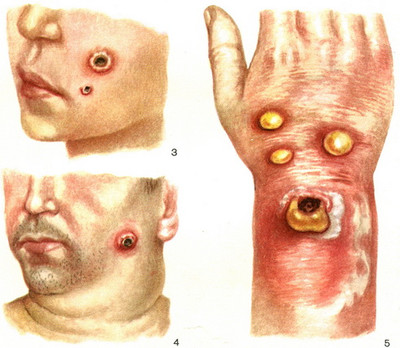Content
Pediculosis, known in everyday life as lice infestation, is a disease referred to by doctors as lice infestation. This condition does not indicate social disadvantage or negligence, as many may think, because anyone can become infected with head lice. Not only do lice cause severe itching and redness on the skin, but they can also carry a variety of diseases, making them especially unpleasant. Whether lice can transmit viruses such as AIDS and hepatitis is a matter of much debate. Let's take a closer look at what diseases can be associated with lice, and what statements about them are myths.
What diseases are transmitted by lice?
Yes, an interesting fact: body lice can themselves become victims of other parasites, and these are small intracellular organisms known as rickettsia, which are essentially bacteria. These rickettsiae can cause bacterial infections that can be transmitted by lice.
Human lice exist in three types:
1. Head lice - the most common and persistent. They live on the scalp and are not amenable to either modern medicine or strict hygiene. They are especially common among children, but adults are not protected from the possibility of becoming infected - this can happen in a crowd, from bed linen in a hotel, or in a swimming pool, etc.
2. Body lice - they live in the seams of clothing and periodically crawl onto the human body to feed on his blood. They often encounter people who do not have a permanent place of residence and do not take care of hygiene. They can also be found in prisons and trenches during military operations.
3. Pubic lice - they live on pubic hair, eyelashes, eyebrows and even in the armpits. These lice are transmitted through sexual contact, but can also be transmitted in public places such as bathhouses.
Body lice are susceptible to infection by rickettsia, and therefore body lice and sometimes head lice can transmit diseases such as Volyn fever and typhus.
Volyn fever still occurs in places with poor living conditions and high population densities, such as Africa. Its symptoms are a rash on the torso, muscle and bone pain. The name of the disease comes from the area of Volhynia, where it was first described during the First World War, and it is also called trench fever. However, this disease is usually not fatal.
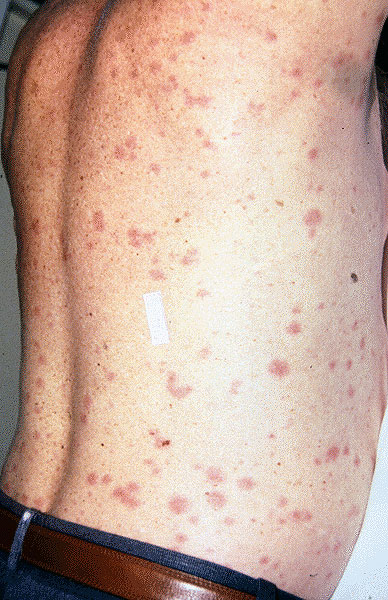
Typhus affects the cardiovascular and nervous systems, and its symptoms include chills, fever, back pain, pink rash and impaired consciousness. Previously, during epidemics of typhus, a significant proportion of the sick died, but with the development of antibiotics and anticoagulants, this type of disease is now under control.

Interestingly, head lice can also carry relapsing fever caused by a spirochete, which manifests itself as febrile attacks accompanied by nausea, vomiting, severe headaches and impaired consciousness. However, in prosperous countries this type of typhus is now completely controlled and is not considered fatal.

Despite their nuisance, pubic lice do not transmit disease and are considered the least dangerous of all lice species.
What diseases do lice NOT carry?
Although lice can cause some secondary infections due to scratching the bites until they bleed, their association with most infectious diseases such as encephalitis, AIDS and hepatitis is a myth. Despite a long history of discussion, there is little evidence to support that lice can transmit plague, although the disease is now under control. However, encephalitis can only be transmitted by ticks and mosquitoes. Thus, lice, although unpleasant, do not transmit most serious diseases, and these diseases are practically unknown in affluent countries.
How exactly do lice transmit diseases - methods of infection
The source of lice infestation is an infected person. Transmission of blood-sucking parasites occurs through household contact, including close contact with head lice, and through intimate proximity with pubic lice. Particularly active spread of lice is observed in crowded places, such as public transport, military barracks, boarding schools, as well as among the homeless and antisocial individuals. Outbreaks often occur in schools, child care centers, nursing homes, nursing homes, prisons and barracks. While good hygiene is important, it does not guarantee complete protection against lice infestation, as these parasites can move quickly and easily to a new food source. Some characteristic symptoms of lice include severe itching on the scalp, bluish marks from bites, and white lice eggs attached to the roots of the hair.
How dangerous are lice?
Nowadays, thanks to improved general well-being and medical progress, the risk of contracting dangerous diseases from lice has decreased significantly. However, it should be noted that lice cannot be classified as harmless phenomena. If you find lice on your or your child’s head, it is important to immediately take measures to eliminate them, since ignoring the disease can lead to various complications. In the case of insect bites, severe itching, wound formation, and the risk of penetration of infectious pathogens are possible. Leaving lice on your hair for a long time can lead to deterioration and the formation of tangles. Constant itching of the head can cause irritability, sleep disturbances and increased anxiety, especially in children. In addition, frequent scratching of the head and body can provoke pustular skin diseases. It is important to understand that head lice is not exclusive to any particular social group, and anyone can experience this unpleasant phenomenon. It is important to know how to get rid of lice quickly and safely to effectively solve the problem.
Prevention of contracting diseases from lice
To reduce the risk of lice infestation, it is important to follow basic preventive measures:
• Maintain a safe distance from other people, especially those whose appearance is unpleasant.
• Regularly monitor head and body hygiene, change bed linen and towels, wash clothes, and wet clean the house.
• Be careful when visiting swimming pools, baths or saunas.
• Limit casual sex to prevent pubic lice.
• Pay due attention to hair care, cut and comb it regularly.
• Clean your outerwear regularly.
• Carry out regular head examinations for children attending child care.
Examination of the child's head should be carried out systematically, even if there are no signs of lice infection, since in the initial stage of the disease they may be invisible. It's important to note that fashionable hairstyles, such as loose hair, can increase the risk of lice infestation.
Some protection against parasites is provided by insect repellents, such as tea tree extract, hellebore or lavender water.
Preventive measures, such as regular screening of the public for infestations and maintaining cleanliness in crowded areas, are important to prevent the spread of lice. However, it is important not to get carried away and not turn vigilance into a phobia.
Traditional methods of treating lice
For many centuries, traditional medicine has used various methods to get rid of lice. Here are some of them:
1.**Combing**: This method is especially suitable for girls with long hair. A special fine-tooth comb is used to thoroughly comb out lice and nits.
2.**Kerosene**: Mix with vegetable oil and apply to the head. However, it is necessary to carefully monitor the proportions to avoid possible skin burns and unpleasant odors.
3.**Cranberry juice**: Crushed cranberries are used to create a paste that eliminates lice due to its acidic environment. However, this method is recommended more as an aid.
4.**Vinegar**: Diluted vinegar is applied to the hair, then washed off and the hair is combed. It is important to remember that vinegar can also cause skin burns.
Although traditional methods are widely used, effective and safe means are preferable in the fight against lice.
Diseases carried by fleas:
Tularemia
Tularemia, characterized by enlargement of the lymph nodes and spleen, poses a threat to both humans and animals. Its carriers are mouse-like rodents and lagomorphs.
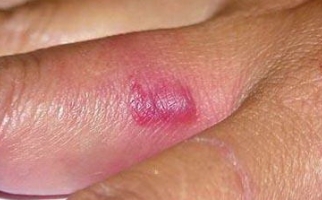

Brucellosis
This is an infectious disease that can cause problems with the reproductive system in animals. It is important to note that brucellosis is also dangerous for humans, and its early stages are often asymptomatic.
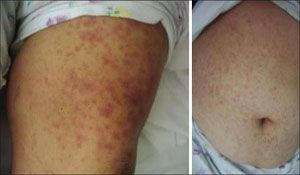

Dipylidiosis
With dipylidia, fleas act as intermediate hosts of cucumber tapeworm, causing disturbances in appetite and digestion in animals. The danger of the disease also extends to humans.
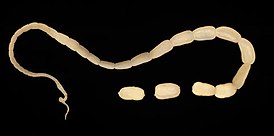

Plague
Plague, carried by rat fleas, requires strict control in areas of mass breeding of rodents, such as the steppes of Transbaikalia and adjacent territories with Central Asian states.
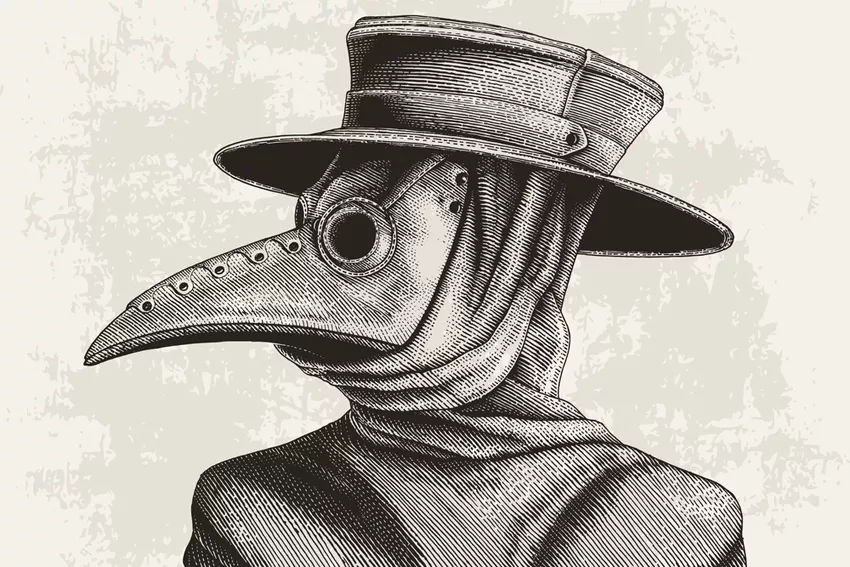

Siberian ulcer
This dangerous infection can be transmitted by blood-sucking insects and is often found in regions with developed grazing livestock.
